Scientists in Norway are developing biodegradable fishing gear to reduce plastic pollution in the ocean and prevent harmful microplastics
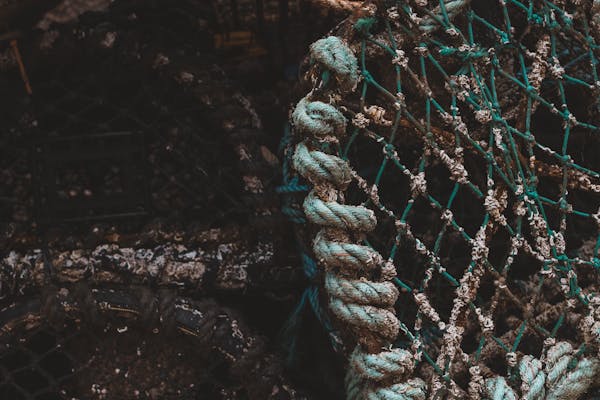
To combat ocean plastic pollution, scientists in Norway are developing biodegradable fishing gear that naturally degrades without releasing harmful microplastics.
They aim to replace conventional synthetic ropes, nets, and lines – materials that can remain for centuries, entangling marine life and disrupting ecosystems.
Lost and discarded fishing gear, known as “ghost fishing gear,” is a major contributor to plastic pollution in the ocean. As these materials break down, they form microplastics contaminating marine food chains.
“Fishing gear remains in situ for a long time, and in practice, turns the ocean into a plastic landfill site,” said Christian Karl, researcher from SINTEF and polymer chemist leading the biodegradability testing for the D-Solve project.
The project brings together industry, universities, research institutions and advocacy groups to create practical solutions for fisheries and aquaculture. The urgency is particularly high in fisheries that use bottom trawling and Danish seines, which release vast amounts of plastic into marine environments.
“Specialists from the Directorate of Fisheries ensure large quantities of discarded fishing gear are collected each year, virtually all of it plastic,” said Roger Larsen, professor at UiT The Arctic University of Norway. “But there are still unknown figures. In 2022, for example, no less than 40 kilometers (24 miles) of Danish seine rope was recovered – found by chance and never reported as lost.”
The researchers have outlined a four-step plan: developing biodegradable fishing gear, designing simpler gear for recyclability, supporting industrial-scale production and ensuring effective recycling.
“An important aim is therefore to develop materials and fishing gear which are user-friendly during what we call the ‘service period,’ but then degrade rapidly,” said Karl.
The hidden cost of ghost gear lost by fishing and aquaculture
To develop effective biodegradable alternatives, the team is conducting long-term degradation tests across different marine environments. These tests, spanning temperatures from 4 degrees-C to 27 degrees-C (39 degrees-F to 81 degrees-F), compare the breakdown of biodegradable materials against conventional fishing gear.
“The tests will continue for at least three years, or until the materials have completely degraded,” Karl explained. “We will study microbiological, UV, thermal and chemical degradation in detail.”
The team has already developed a biodegradable alternative that fully decomposes within a few years – without leaving harmful microplastics. Tests show little difference in catch efficiency compared to conventional gear, a promising sign for fisheries looking to adopt sustainable solutions.
However, the degradation timeline depends on environmental conditions such as temperature, light exposure and microbial activity. These factors influence how quickly biodegradable materials break down in different marine habitats.
“With degradable fishing nets, we’ve achieved 70 percent of the properties needed,” said Larsen. “That’s why we’re now looking for the perfect combination of materials. Nets are perhaps the biggest challenge – they must be thin and invisible to fish, yet strong and elastic to work as well as nylon.”
For longline fishing, biodegradable alternatives perform as well as nylon, with no significant impact on catch rates. A bio-polyester developed by Dutch company SENBIS shows promise for Danish seine fishing, particularly for the rope arms that guide fish toward the net. However, its high cost remains a challenge.
“This soon becomes too expensive for fishermen with small quotas,” Larsen explained. “We need cheaper alternatives, such as wood fiber, animal hide or cotton.” He noted that cowhide, used for centuries in bottom trawling, is being reconsidered, with Dutch researchers even testing the hide of Yak bulls “with good results.”
Despite these advancements, significant challenges remain. Fishing gear often contains multiple materials – steel or lead cores or copper coatings – which complicate recycling. Researchers emphasize the need for cross-sector collaboration to make fisheries more sustainable.
“In this way, we can solve global problems at a local level,” Karl said. “Little by little, we are making steady progress in overcoming the challenges associated with the quality of recycled materials or the removal of copper from fishing gear.”
One major obstacle is the “mixed waste fractions” problem – gear made from different materials that are difficult to recycle without losing value. Without better design and material separation, much of it becomes waste rather than being repurposed.
“Thousands of gangions wear out or are lost every year in Norway’s longline fisheries,” Larsen added. “Today, these are made from polyester or nylon, strong materials that sink to the seabed, where they take a very long time to break down.”
While challenges remain, this research into biodegradable fishing gear marks a step toward reducing ocean plastic pollution.
“We know the solutions exist; we just have to crack the code at a material level,” Karl said. “What we can guarantee is that the materials will have a ‘life in the ocean’ of much less than several hundred years.”
Now that you've reached the end of the article ...
… please consider supporting GSA’s mission to advance responsible seafood practices through education, advocacy and third-party assurances. The Advocate aims to document the evolution of responsible seafood practices and share the expansive knowledge of our vast network of contributors.
By becoming a Global Seafood Alliance member, you’re ensuring that all of the pre-competitive work we do through member benefits, resources and events can continue. Individual membership costs just $50 a year.
Not a GSA member? Join us.
Author
Tagged With
Related Posts
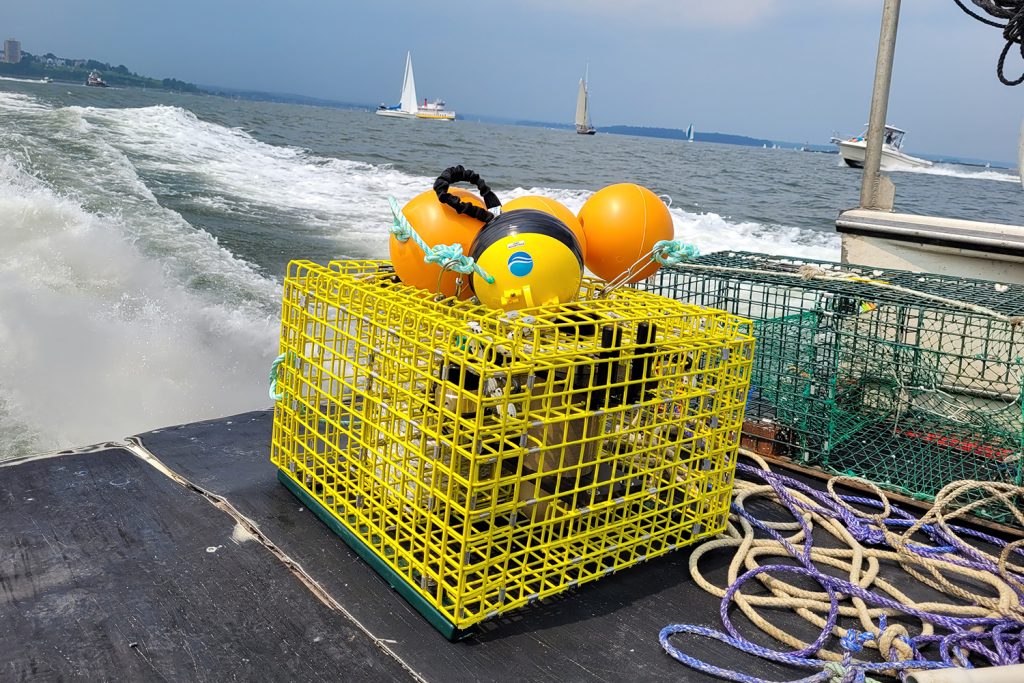
Fisheries
Rethinking ropes: Can ropeless fishing gear end whale entanglements?
Ropeless fishing gear can prevent whale entanglements and reduce the amount of discarded or lost fishing equipment but the cost is a limiting factor.
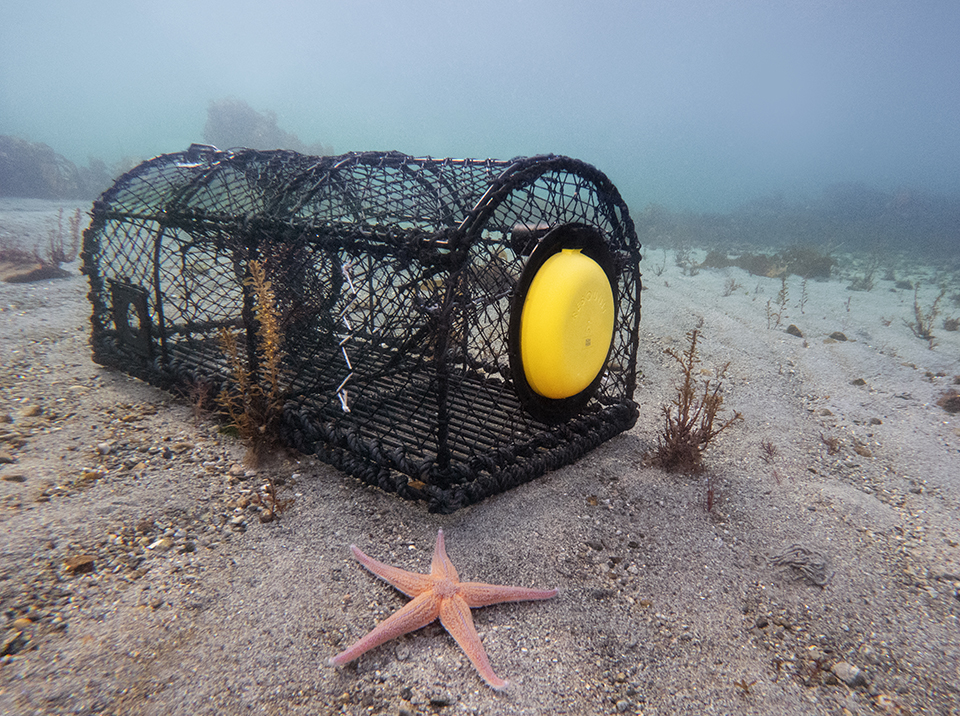
Fisheries
From reporting apps to floating traps: How technology tackles ghost fishing
The global ghost fishing problem has negative environmental and economic impacts, but new technology could help locate and retrieve lost fishing gear.
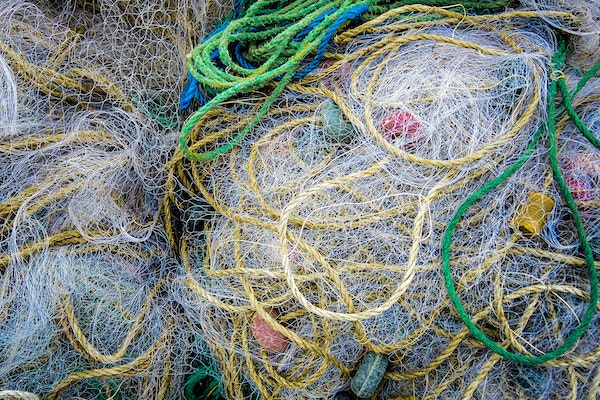
Responsibility
Can marine plastic from fisheries and aquaculture be upcycled into new things?
A SINTEF project is investigating how marine plastic used in fisheries and aquaculture can be turned into new products.
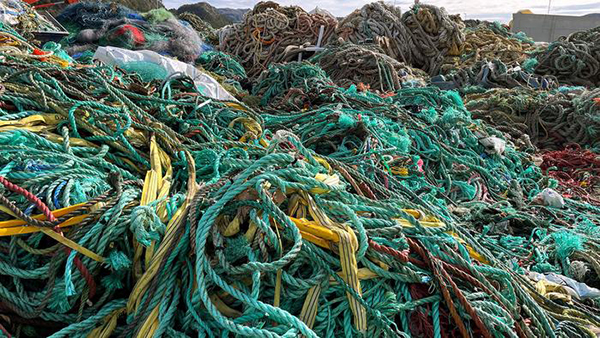
Responsibility
Norwegian scientist calls for circular solutions to recovered fishing lines and ropes
A new study estimates how much fishing rope is lost in Norway and examines how the Norwegian fisheries sector handles ropes.



